
Photo – Wavebreakmedia
Taking on a new project comes with mixed feelings, the frenzy of winning a new deal, the thrill of a new adventure, and the tension of having to deliver the perfect result. It is therefore paramount to have a firm project management strategy that puts into consideration the aim and the process of carrying out the project.
It is also essential that the process of the project is transparent and everyone involved knows and understands their roles and are motivated to deliver. Read on with the following tips specially curated to help architects make the best out of any project.
Define the Scope – and keep to it.
Determine the scope and nature of the project. It is essential to establish prerequisites with a clear definition of what is expected by your client. Know what they want and know they don’t want. Ask the following questions; what does my client want and what are they willing to give towards the project? Knowing this will help you have a clear direction of what you need to do, where your work starts and stops as well as how many resources you need to put into the process.
At Chronos Studeos, we believe that a clear project brief always comes in handy to avoid assumptions of scope in the future. This also helps in managing expectations which overall leads to the possibility of an even higher client satisfaction and project success.
Revise and review
Remember that your client is the product owner and has preferences which the first brief may not fully cover or clearly express. Therefore, they should be given an opportunity to revise and review designs to avoid any inconsistency with the project specifications. However, this should be a controlled process, if possible, the number of revisions available should be stated as having too many reviews in one process would drag the project.
It is advisable to have a stipulated timeframe for corrections before moving on at each phase of the project especially when working with a strict timeline. If cost is a major factor to consider; it is better to input preliminary project costing at the early design stages. No one likes to pay for a project outside their budget (not even the World Bank).
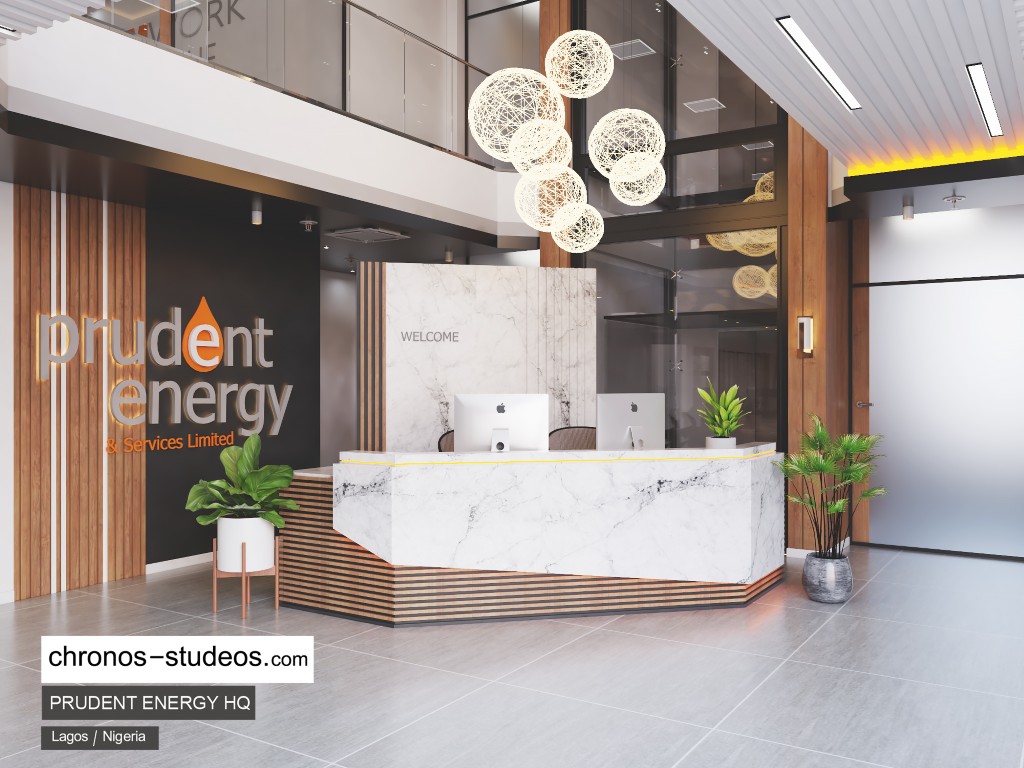
Communicate
You should maintain frequent communication with your client and ensure they have the opportunity to give feedback as well. Neither of you should be left in the dark. A lot of projects have suffered, as a result of poor communication skills or channels between the client and the architect.
You want to ensure that there is an established procedure to keep your client updated on the progress of their project and also be informed by them if there is any new development. This could be email communications; project timeline chart updates, or even cross-platform communication channels like Asana, Slack, or Wrike.
Collaborate
Even the best architects need support. Most projects will require that you work with a team, either as a referral by your client or based on the nature and scope of the project. An example of this is a hotel project we had some time ago which led us to a collaboration with some esteemed interior designers at Structured Spaces.
You should be open to building efficient collaborations and sustaining a positive relationship with the teams you have to work with. Your ability to do this affects the progress and outcome of the project.

count the Cost – track and analyze data
Establishing the cost of your new project is an essential aspect and cannot be overlooked, it is never advisable to start a project without analyzing the cost in terms of finance and resources required to make it possible. This is the point where you have to get familiar with using data or at least involve someone who understands it.
Also, develop a system that would let you analyze any discrepancies between your projected and actual expenditure over the course of the project. You need to be intentional about your spending and ensure that every party is accountable for their part. You do not want to end up stranded midway through the process. The longer the project takes to complete, the more money being lost since time is money.
Terms and conditions apply
Make provisions for the legal issue which may arise during the course of the project. The terms and conditions should be clearly stated and enforced upon a mutual agreement with the parties involved. Consider the risks which may arise at the various levels of the project and the legal or government regulations relating to the project. Knowing which part is your client’s responsibility to meet and which part is yours. A valid agreement ensures that neither party defaults in their responsibilities. It is important that you have the details of the process documented and readily available for reference.
Project management is a skill that every architect should have, being able to run successful projects will inspire you to take on bigger projects when they come and equip you with the technicalities involved with achieving great results.
There are advanced tools you can check out here
Let’s hear your views..!
What tips from your experience can help architects manage projects better?


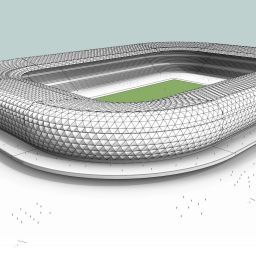

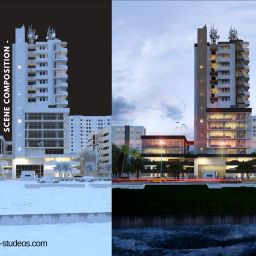


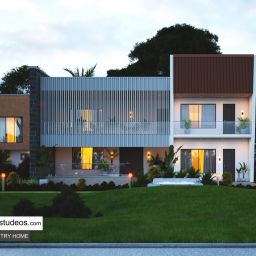
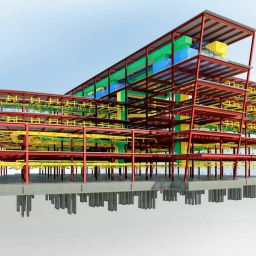
Thank you very much for the enlightenment.
A knowledgeable read for industry beginners.
Thanks for the article Chronos, I actually learnt a lot from it.